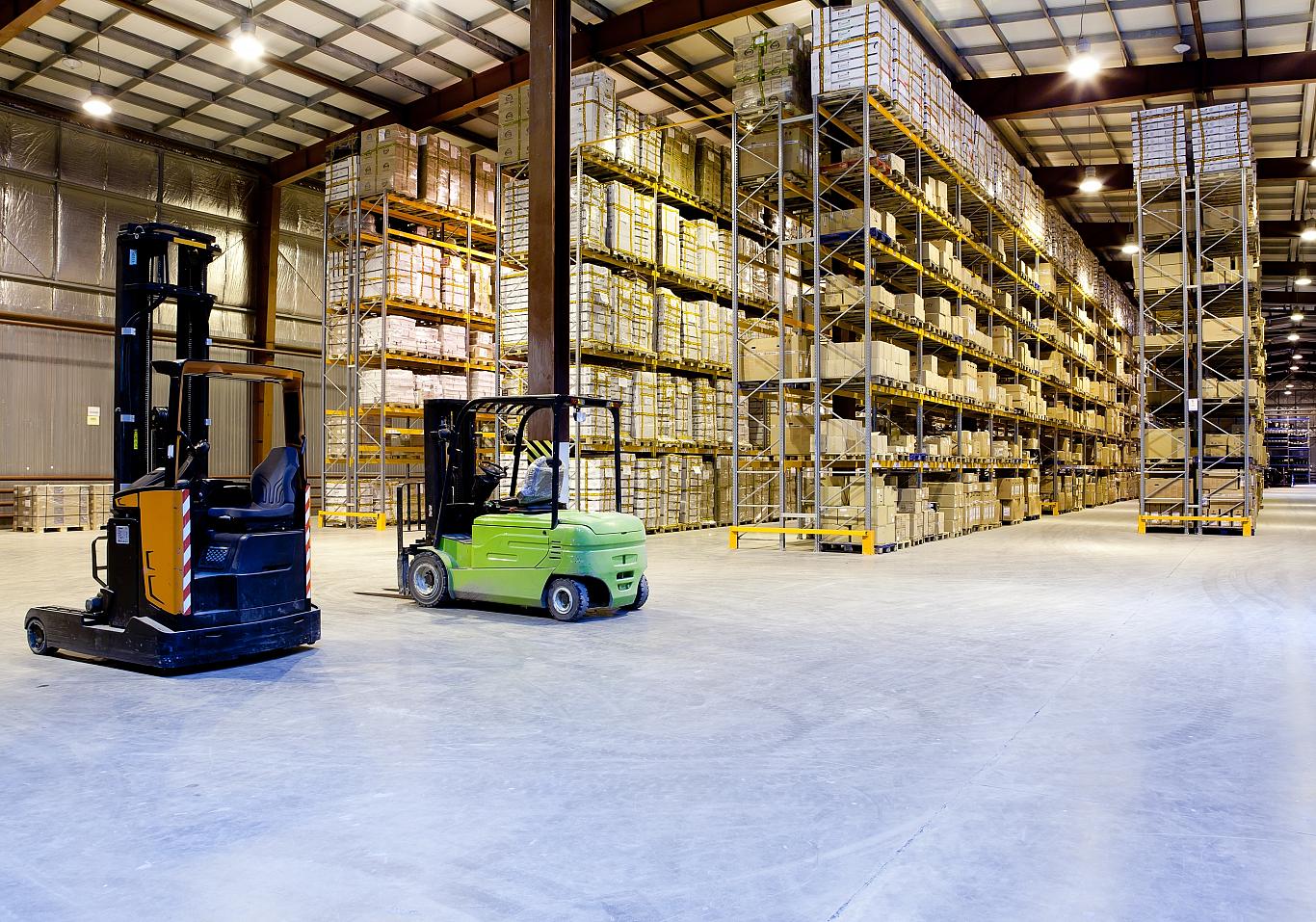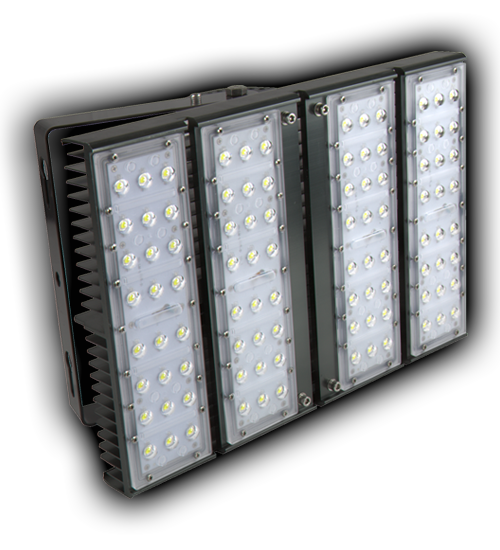5 Steps to choosing your LED lighting
Posted on December 1, 2015
Are you planning to make the switch to LED lighting and don’t know where to start? With so many companies and brands offering different features, it is hard to know where to start!
Here are 5 steps to consider when choosing your LED lighting.
 1. Correlated Color Temperature
1. Correlated Color Temperature
Correlated color temperature or CCT for short, is measured in degrees Kelvin, with the temperature rating indicating the tone of light that is being emitted. 2000K is a warm white orange yellow in colour as the temperature increase it will change from a cool white to a blue-white.
Originally, LED manufacturers produced more ‘bluer’ lighting over 6000K and named it as ‘white’ as it was the most commercially viable. As a result, manufacturers have often called lighting at 4000K warm white. As there is a variety of interpretations of colours it is important for people interested in buying LED lighting to know what kind of tone of light and the amount of Kelvins they need in order to suit their needs.
For example, if you are interested in having a warm white light around 2000K it would give a warm and cosy feeling. If you are interested in buying lighting for a restaurant, then this type of lighting might be appropriate. However, if you are looking for lighting in another space, such as LED warehouse lighting, you would probably want to use a much cooler colour such as 4000-5000K, as this is lighting is nearer to the colour of daylight and it is often perceived to feel more productive and more business appropriate.
2. Efficiency
Another aspect you should consider when buying LED lighting is the efficiency of the light. Between 2012 and 2014 LED efficiency has increased significantly, from around 60 lumens per watt to nearly 100. The increase in efficiency will only get bigger as many predict that it may hit 150 lumens per watt by 2020. Compared to the traditional incandescent lights with only 13 – 18 lumens per watt, LED lighting is clearly more efficient.
With this increase in efficiency, there is higher competition which means prices are lowering. Make sure you check to see what prices are around.
3. Uniformity and Glare
The Uniformity of lighting refers to the contrast of lighting levels in adjacent areas, which is measured as the ratio of the ratio of the highest light level to the lowest light level. A uniformity ratio of 4:1 or lower is recommended for parking lots and walkways.
Glare is a very high level that impacts the eyes or a camera image sensor and can ‘blind’ a person or camera to any surrounding activity. If you are choosing LED lighting it is important not to have a large amount of glare, otherwise, this can have a negative effect on employees and visitors. Essentially, the lower the UGR the less “glare” and that means better conditions for the human eye.
4. Lifetime
The majority of LED industrial lighting is 50,000 hours with more commercial LED lighting is around 30000 hours. This doesn’t mean that the lights will stop working at this point, it just meant that after this time the light will have reduced by 30% and will no longer be fit for purpose.
Furthermore, there are various other factors that can impact on the life expectancy of the lighting. for example:
Heatsink
A heatsink can be any material that can conduct heat away from the LED. Most metals are excellent conductors of heat and therefore many LED manufacturers suggest that mounting materials containing metal frames, fasteners, and connectors be used. Yet, some lighting designs do not have have the correct amount of surface area, and can not take into consideration the gaps between fins to enable air flow.
With horizontal fins, positioned vertically, can mean that the heat rises which as a result the heat is not dispersed away from the luminaire but heats them up even more.
Capacitors
Capacitors are part of the circuit in every LED driver. The standard electronic capacitors are generally made from plastic with an average lifetime of around 1 year. However, now a number of companies are making their capacitors from ceramics, giving them a much longer life expectancy. This is something to consider when making your purchase.
Environment
Also, depending on the climate of your company can affect the life expectancy of your LED lighting, as the heat around them can easily exceed the amount they were designed to withstand, therefore decreasing their lifetime. Note that the same issue can occur when lighting is used in an enclosed space.
5. Warranty
Warranties tend to make people think that they have a high protection when purchasing LED lighting. However, this is not always the case as people often don’t read the terms and conditions. In addition, if companies are providing 10-year guarantees they must have a lot of reserves on their financial balance sheets which means they can be tempted to reduce costs by using lower quality components and less costly manufacturing methods.
They may also increase the price of the products in order to offset the warranties impact on their finances. Therefore, if there are longer warranties it does not always necessarily mean that there is an increase in security.
We hope this has been informative for you if you are deciding to make the switch to LED lighting.
For more information on our products, please click here.


